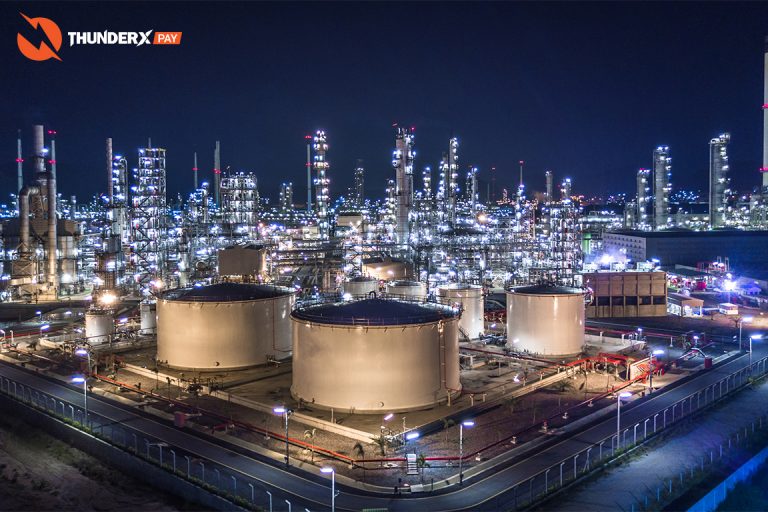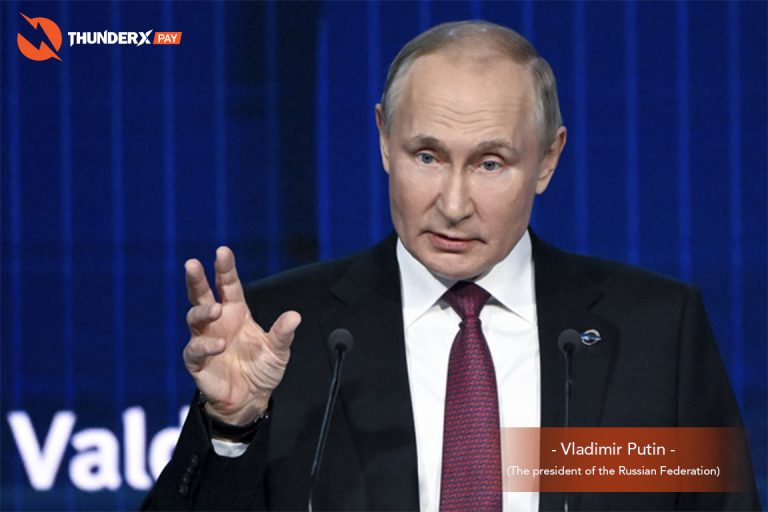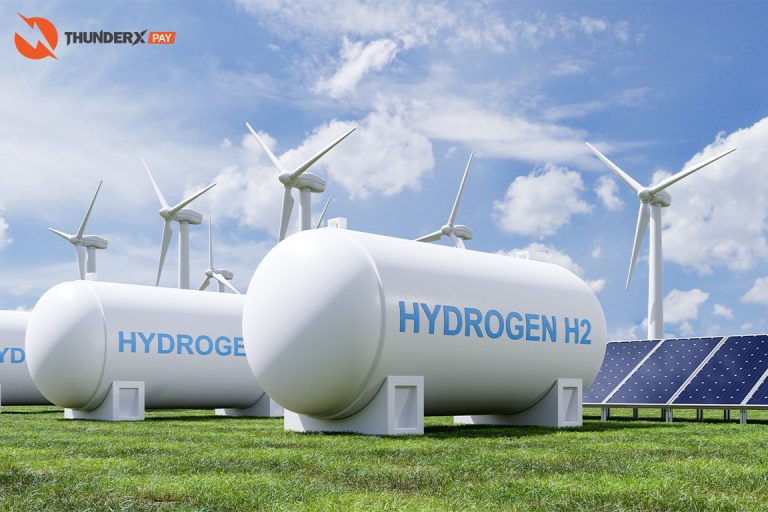On Monday, the wholesale spot price of European natural gas went negative. For an hour, suppliers were willing to pay almost €16 to someone able to suck up a megawatt hour of gas, about the equivalent of an average UK household’s monthly consumption. It was a remarkable turnaround for a market that saw record prices of over €300/MWh towards the end of August. Of course, there were special forces at work. Although the negative price was recorded on the main Dutch benchmark for European gas, it was not seen everywhere across the continent. It lasted for one hour only and a more standard spot price now around €50/MWh remains twice the norm for European gas. And it occurred because liquefied natural gas supplies keep arriving in Europe when storage facilities are effectively full. But it is important not to get too distracted by these caveats.


All European gas prices have tumbled since Vladimir Putin decided to stop supplying the continent through the Nord Stream 1 pipeline at the end of August. Day-ahead prices are similar to the hourly rate of €50/MWh, month-ahead prices for November are €100/MWh, less than a third of the peak, and future prices for November 2023 are also down from almost €300/MWh to around €140. It goes without saying that the tumbling cost of gas was neither Putin’s intention nor the consensus expectation when the Russian president weaponized European gas supplies during the summer. At the time, sector specialists expected wholesale prices to shoot higher and the industry was worried. The voice of German industry, the BDI, warned of a “massive recession”. It was economists who came closest to understanding the likely effect of Putin’s energy aggression; people and industries tend to respond to price incentives so they predicted that consumption was likely to fall.
Economic circumstances will still be difficult across Europe this winter, but that is exactly what has happened. The gas-hungry process of producing ammonia for fertilizer — a low value-added business — ceased a couple of days ago, with the bulk chemical imported from the US. Dirty coal and clean renewables have been used to substitute for gas in electricity generation. Analysis by Ember, a consultancy, has found that there was a record year-on-year increase in solar and wind electricity generation across the EU between March and September. Most impressive of all has been the reduction in consumption of gas by both industrial and domestic consumers, not merely related to the mild weather. In recent weeks, Germany’s industrial use of gas has been around 20 to 25 percent down a year ago while its production in the sector was 2.1 percent higher in August.

German household gas consumption is down by similar amounts as families compete to see how far into autumn they can go without turning on the heating. The prevailing view in the energy sector indeed is that though there might now be enough gas this winter to avoid shortages and blackouts, the real worry is next winter because gas storage will not be replenished in the summer without a Russian supply. I cannot often deliver good news, but these forecasts are likely to be much too pessimistic.
The price signal will encourage more investment in liquefied natural gas terminals and interconnectors across Europe to create a single gas market. But most importantly, higher prices will lower demand for gas by encouraging the development and use of other means of generating electricity and, directly, by crushing the amount consumed. No one should feel delighted they are paying more for energy this winter, but the price signal has done its job. It has forced Europe to adapt. Advanced capitalist economies are remarkably successful in this regard.
Published 14/11/2022
By Michael Saichuk

